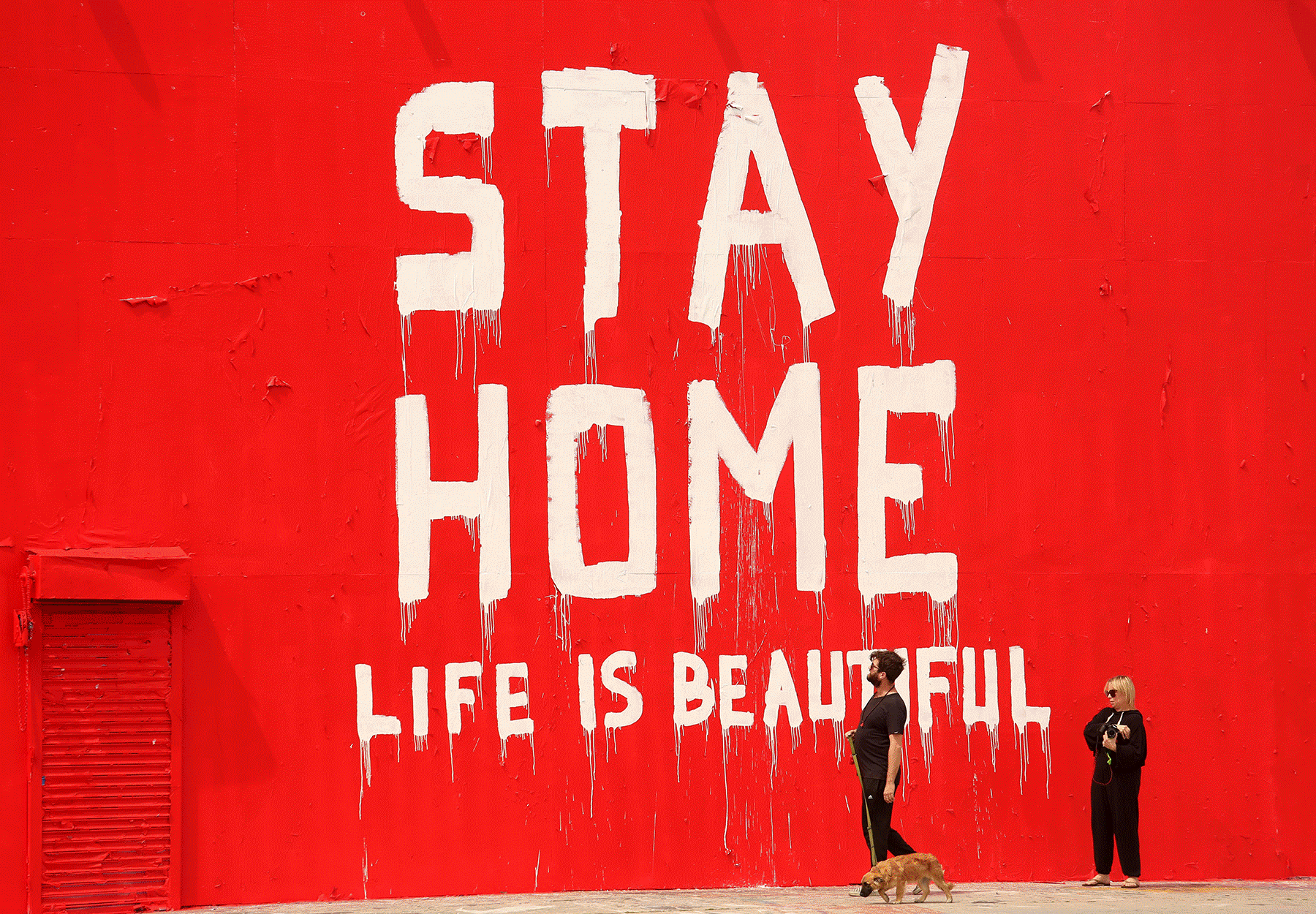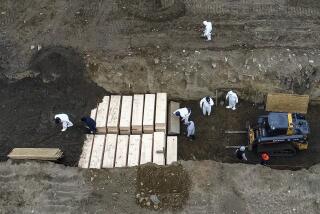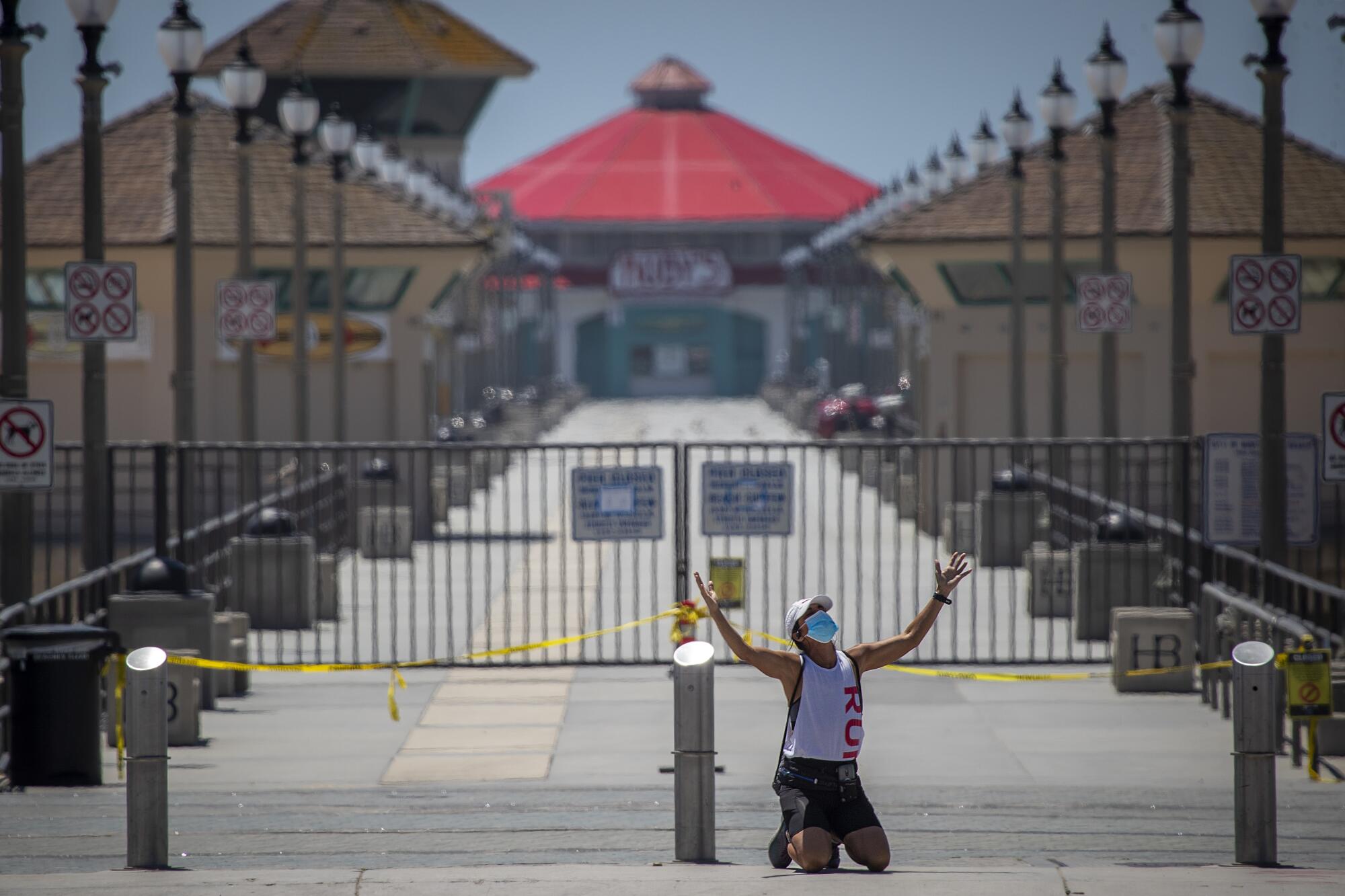
- Share via
Here in Los Angeles, we are intimately familiar with collective trauma — earthquakes and mudslides, heat waves and wildfires.
But the size and scope of the COVID-19 pandemic has tested even this resilient metropolis. We have not all suffered equally since the World Health Organization declared a pandemic a year ago Thursday, but we have all suffered.
And if we’ve been spared the worst — if we have kept our jobs and our loved ones are healthy — there’s still a price. To be lucky in L.A. is to be isolated and lonely.
“It’s the horrendous loss of life, the horrendous loss of livelihood, and the symbolic losses as well,” said Roxane Cohen Silver, a professor at UC Irvine who studies how people respond to collective crises.
It’s the pain of missing senior year of high school and sporting events, shrinking children’s birthday parties into Zoom windows, delaying going off to college and postponing weddings and other celebrations.
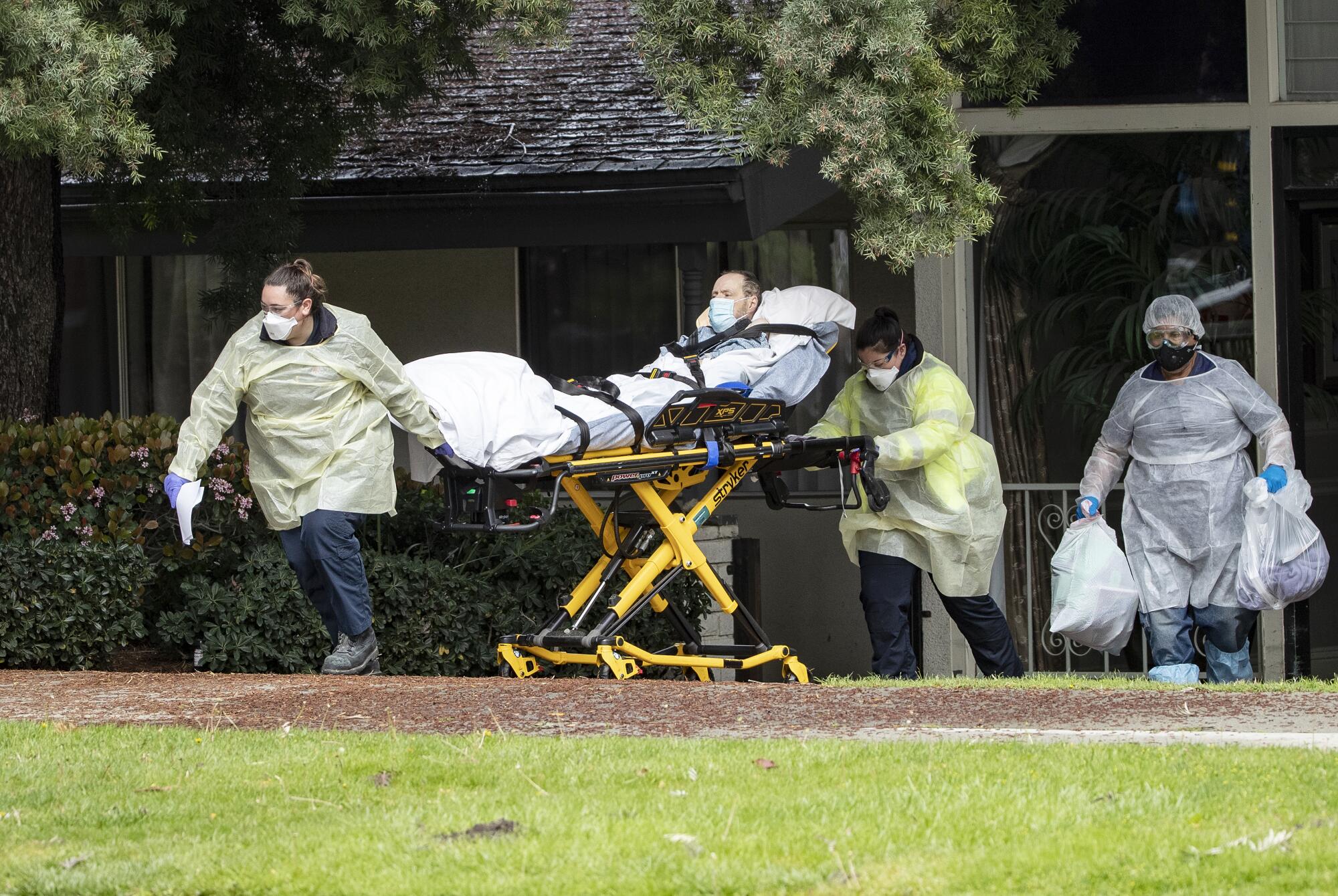
“Everyone has their own terrible story,” she said.
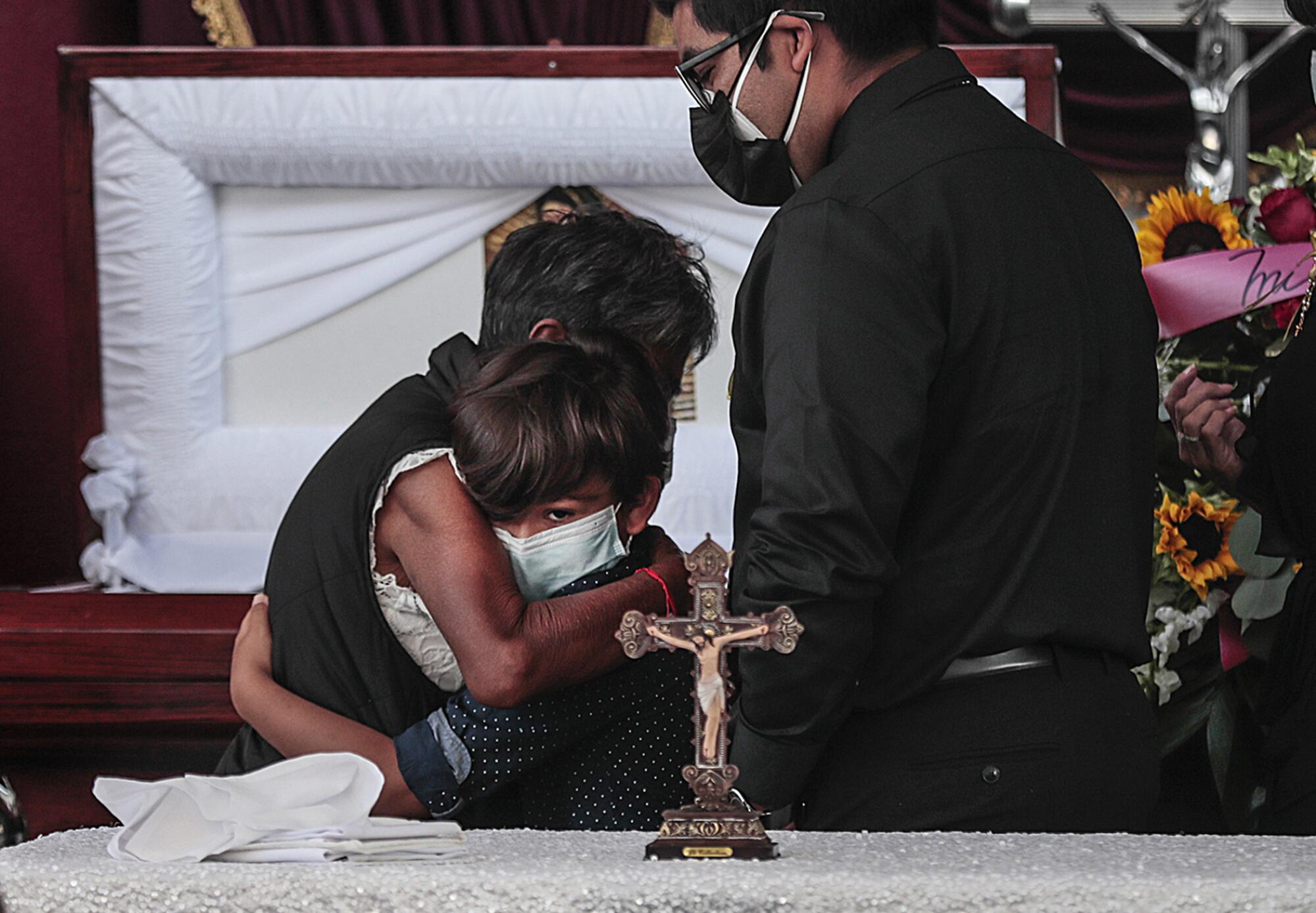
Over the last 12 months it’s become increasingly clear that L.A. and other parts of California were ideal targets for the novel coronavirus.
The state implemented some of the most extreme restrictions in the country — closing schools, restaurants, sports venues and more last March — but it could not stave off deadly surges that so far have killed more than 54,000 in California, 22,000 of them in Los Angeles County.
At the same time, we bore witness to a barrage of other emotionally wrenching events both locally and nationally: The videotaped killing of George Floyd by police and the protests that followed, some of the largest wildfires in California’s recorded history, surging homicide rates, the storming of the Capitol by an insurrectionist mob and a rise in anti-Asian hate crimes. Along the way, the virus itself changed, creating new variants.
The experience of crisis upon crisis was so universal that Silver and her colleagues came up with a name for it.
“We call it cascading collective trauma,” she said. “It’s almost too much to bear.”
Scientists who study the effects of trauma on individuals and society are already assessing the ongoing natural experiment that is the pandemic. Research into past traumas suggests that society will rebound even from this. But that day is still far off.
Here in Southern California, many of our usual salves were taken from us. Parks and beaches were closed for months; gathering with anyone from another household was not officially permitted until early October and then banned again just eight weeks later; and when the fires were at their worst, the polluted air made it difficult to even take a walk around the block, one of the few pleasures that had remained.
If we lived alone and followed the county’s strict public health orders, we celebrated Thanksgiving, Christmas and New Year’s Eve in the solitude of our homes. The most cautious among us may not have hugged anyone in 12 months.
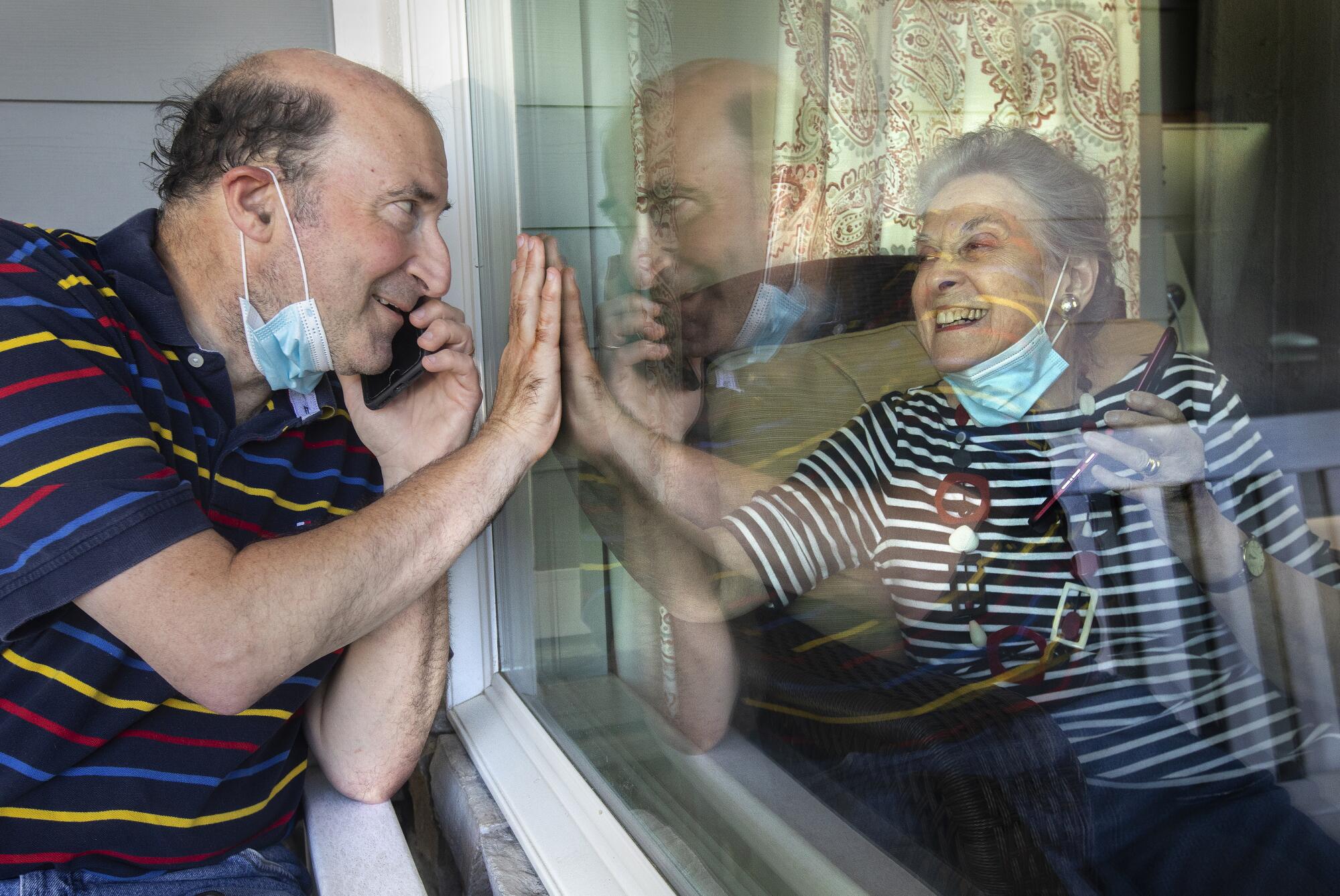
“L.A. just completely broke you emotionally, spiritually and financially,” said Emilia Fernandez, 23, who left the city 11 months after the pandemic struck.
Leslie Grossman, 49, an actress and third-generation Angeleno, describes the last year as apocalyptic.
“It has changed me on a mitochondrial level,” she said. “I’ll never be the same.”
And Estrella Fierroz, 29, who lost her father to COVID-19 in January, is mourning not only the loss of her biggest fan but also the inability to honor his life with friends and family.
“Gathering is such an important part of the grieving process, but I don’t want to encourage it because of the virus,” she said.
In the face of such extreme humanitarian and economic tragedy, many of us cast around for someone to blame — the president, the governor, the mayor, public health leaders — but experts say the deck was always stacked against Los Angeles.
“In a pandemic, you play the cards you are dealt, not somebody else’s cards,” said Ali Mokdad, a public health professor at the Institute for Health Metrics and Evaluation, based at the University of Washington. “It is not fair to compare your city to someplace else.”
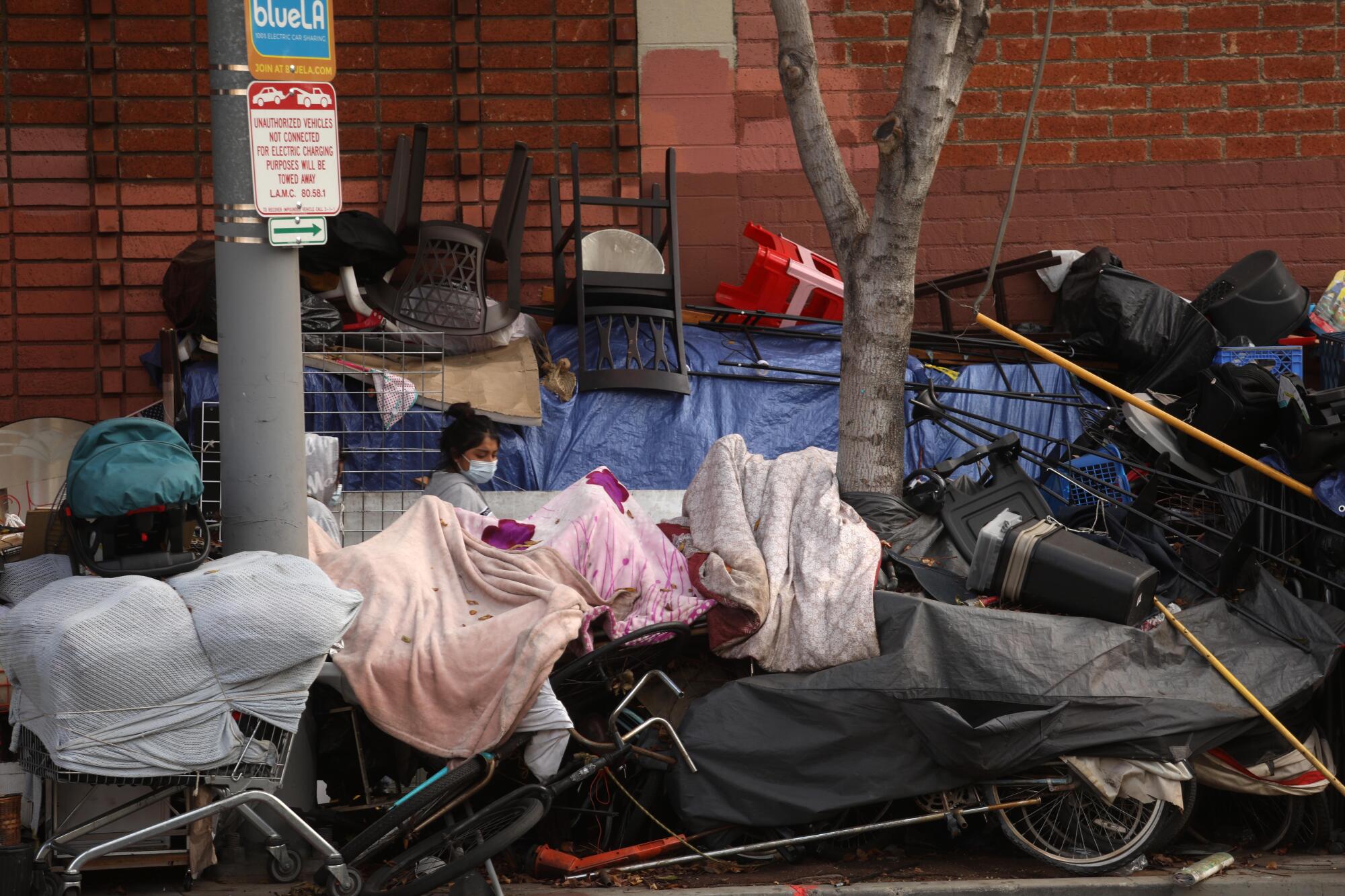
Home to more than 10 million people, L.A. County has high rates of poverty and homelessness, huge numbers of essential workers and some of the densest neighborhoods in the nation. Among the 25 biggest metropolitan areas in America, L.A. has the highest percentage of overcrowded homes and apartments — a major risk factor for coronavirus spread — at nearly double the rate of New York City and the Bay Area.
When the coronavirus slammed New York last spring, there was one place in the U.S. that experts feared could be in as much danger.
“L.A. was always kind of set up for disaster,” said Harvard global health researcher Dr. Abraar Karan, who grew up in Southern California. “All of us last year, we were kind of waiting.”
Perhaps that is why L.A. opted for some of the strictest rules in the nation to prevent the spread of COVID-19. Whether this was the best strategy, however, is far from certain.
Some experts like Emily Oster, a health economist at Brown University, believe that an all-or-nothing approach rarely succeeds in changing behaviors and that even if it could with the pandemic, it can be extremely detrimental for mental health.
“We are so focused on this one risk, and it’s not that I’m a COVID denier — I think COVID is really bad,” she said. “But it’s not right to say it is the only risk people face. The mental health costs of isolation in your house for months and months and months are real.”
It was definitely too much for Fernandez, who lost her jobs at a gym and bar soon after the pandemic struck. To save money, she moved out of the West Hollywood apartment she shared with her best friend and into a cheaper place on her own. When her unemployment funds ran out in October, she began paying rent with savings and by borrowing money from friends. She had less than $20 a week for food.
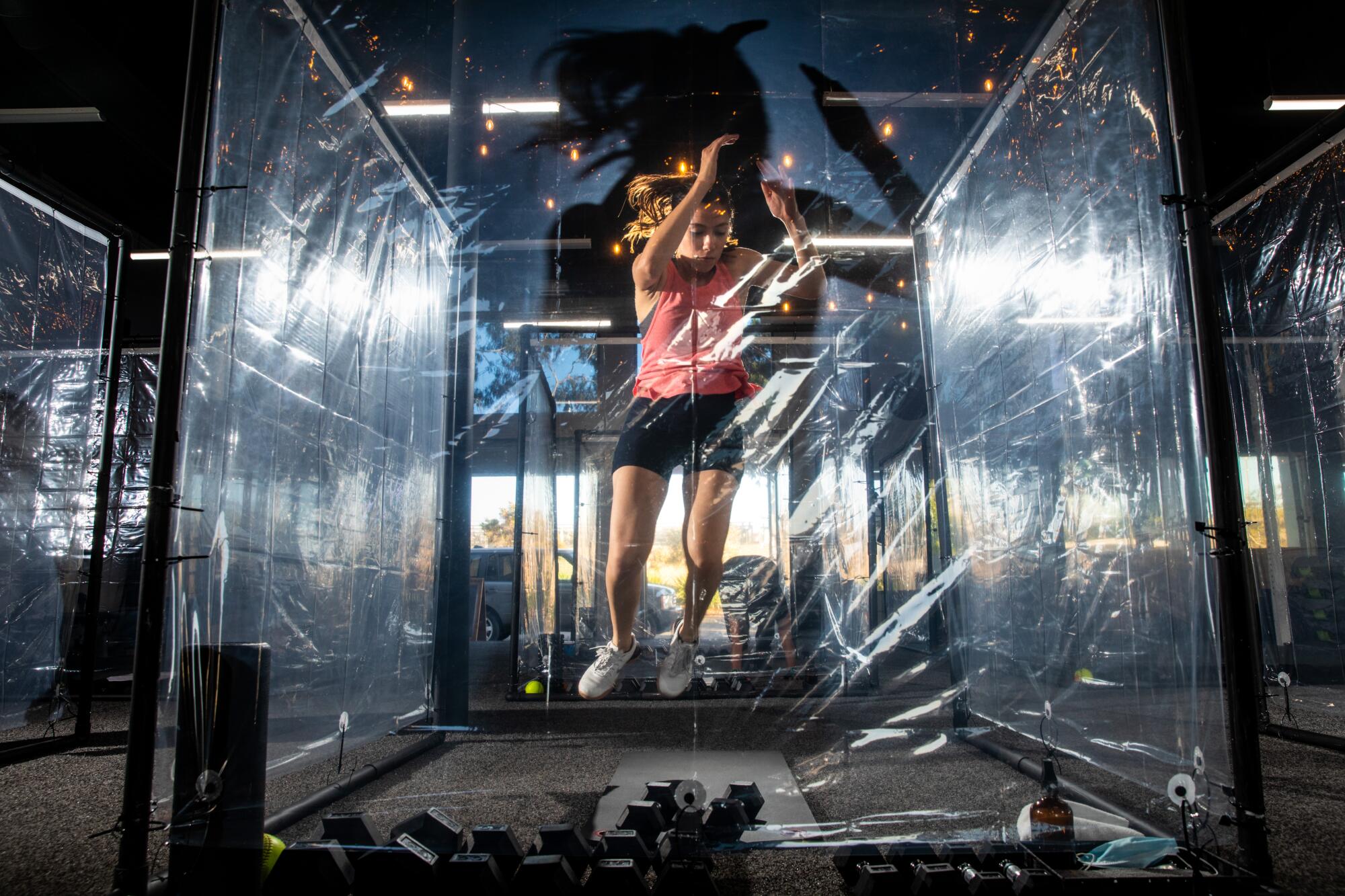
But it wasn’t the financial troubles that made her move back to her hometown of Miami last month. It was the loneliness.
“I was struggling mentally,” she said. “I didn’t have energy. I would go to work, go to sleep. I would do nothing. I literally did nothing.”
Grossman, a lifelong Angeleno, says the last year in L.A. felt as if someone took mud and poured it all over her life. Everything was harder.
The World Health Organization announced the coronavirus outbreak had become a pandemic on March 11, 2020. Since then, the virus has seemingly touched all aspects of life in Southern California and beyond. The Times looks back on a full year of life in a pandemic.
“It’s an all-day, every-day situation here,” she said. Some of her best friends have moved to places where their kids can attend school in person and life feels more normal. Her children have barely seen their grandparents in the last 12 months. And each day she contends with the anxiety of going onto a set with a few hundred other people, hoping there won’t be an outbreak.
“I’m well aware that L.A. is not a perfect city, but this was the first time I felt like I don’t know if I can live here anymore,” she said. “There is this aspect of feeling like the city is on fire and there’s nothing we can do except don’t leave your home.”
Jason Ervin never had a panic attack in his life before the pandemic struck. In 2020, he had seven.
The 44-year-old customer service rep at a home furnishings store returned to working in person in June. It was stressful at first, but as the summer continued it seemed that L.A. had the virus under control, he said.
But in November, as coronavirus cases began to spike, so did Ervin’s anxiety. He watched the L.A. County Public Health Department ban outdoor dining and institute another stay-at-home order, while his store stayed open. Many workers who still had to go into their offices during the surge described a sense of confusion and betrayal that compounded their misery.
“We were all kind of in shock, because we realized that we weren’t going to shut down. That we were literally in a surge — they were saying how bad it was, and [officials] really weren’t going to do anything,” he said. “It was just so surreal.”
Ervin began hailing rides to work instead of walking as he normally had, because the longer commute allowed too much time for his anxiety to swell and engulf him. For weeks he didn’t go anywhere other than the grocery store.
Then, in mid-December, he woke up with a 100-degree fever. He tested positive for the coronavirus.
For a few days, he struggled to breathe, but he decided not to go to the emergency room because he knew the hospitals were so full.
His brain fog lifted New Year’s Day, he said. The fatigue lingered until mid-January. He was fortunate.
In the early weeks of the pandemic, when California’s first shutdown left freeways and city streets eerily quiet, Silver and other experts on trauma launched a study to track Americans’ psychological response to the pandemic over time.
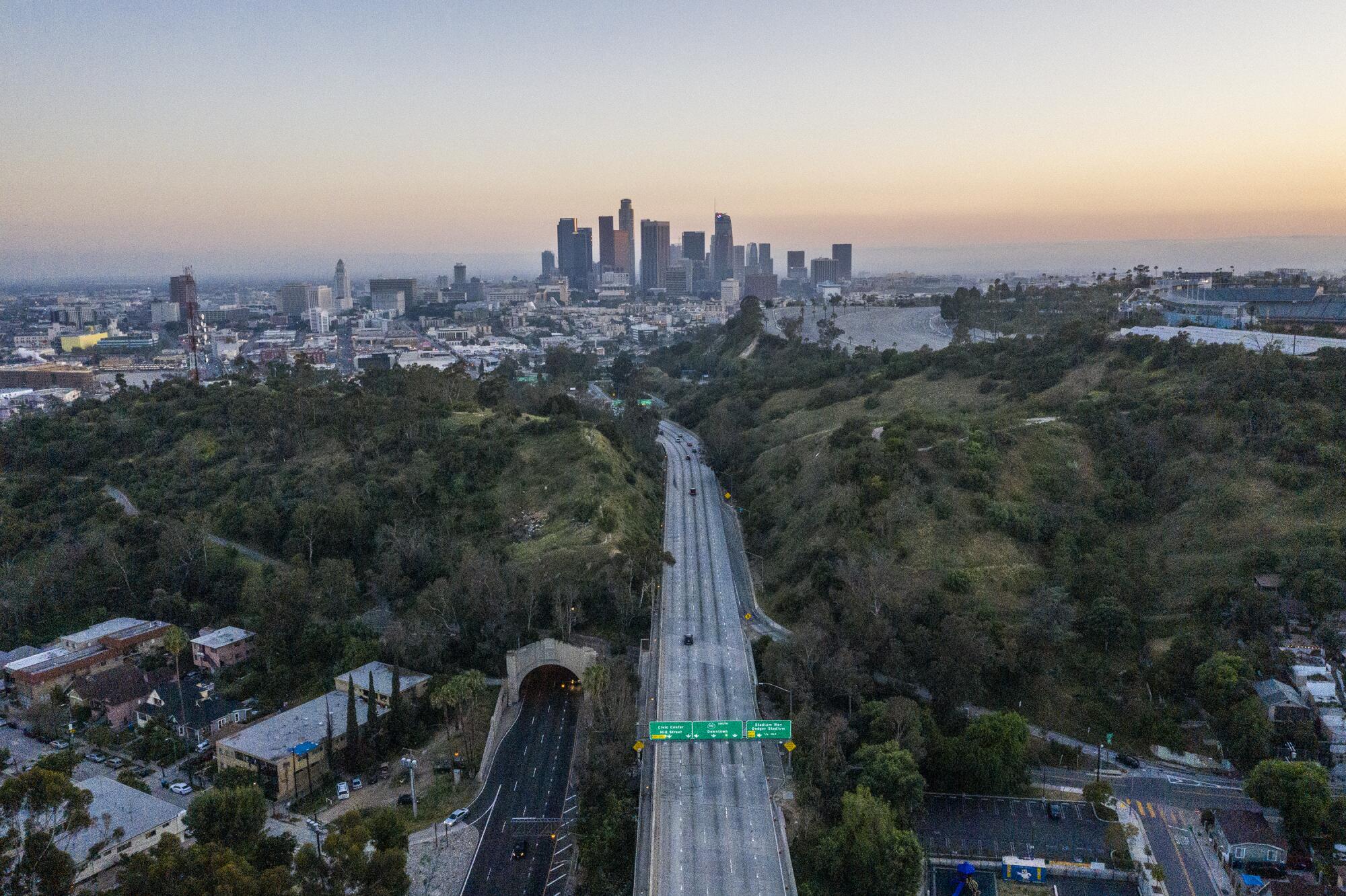
The group had done similar studies after other collective crises, such as 9/11 and the Boston Marathon bombing. But this was different.
“It’s not like 9/11 where the buildings fell and we learned how many people died and spent the next year or years coping,” Silver said. “This event has been continued, it’s been chronic, it’s been escalating, and it has morphed from one traumatic event to another to another.”
In some ways, she said, the experience of living with COVID-19 is more comparable to another type of slow-moving disaster: war.
Her research is ongoing, but the group has found some patterns.
Her early work shows that people who encountered the most stressors related to COVID-19 — such as the loss of a job, the fear of losing a job and difficulty getting child care — were most likely to exhibit symptoms of depression and anxiety. Hardly a surprise.
But there was another group that had increased symptoms as well: those who immerse themselves in media, obsessively tracking the virus and the other traumatic events of the year.
As her past work has shown, people can be profoundly affected by events that may not have affected them directly, especially if they expose themselves to the same traumatic incidents over and over again through websites, social media and television.
And yet.
Silver’s work has also shown that there is still reason to be hopeful.
“We will come out the other side, and I believe that people will be quite resilient,” Silver said. “But that doesn’t minimize the tremendous loss.”
Daily new cases in L.A. County have fallen more than 90% from their peak in early January, nearly 1 in 4 residents have received at least one shot of COVID-19 vaccine, and thousands more doses are being administered each day. School districts, including the mammoth Los Angeles Unified, envision in-person learning for the first time in over a year. High school football resumes Friday.
There are plans to open theme parks and resume the Rose Parade. And for several weeks now, we’ve been allowed to get our hair cut in a salon again.
It’s no time to abandon caution or masks, and officials at the federal Centers for Disease Control and Prevention warn a fourth surge could hit if we do.
But the second year of the pandemic just might — with vigilance, prudence and a bit of luck — be vastly different from the first.
We will get through this.
Photos look back at 2020’s wild ride in the Golden State.
More to Read
Sign up for Essential California
The most important California stories and recommendations in your inbox every morning.
You may occasionally receive promotional content from the Los Angeles Times.

